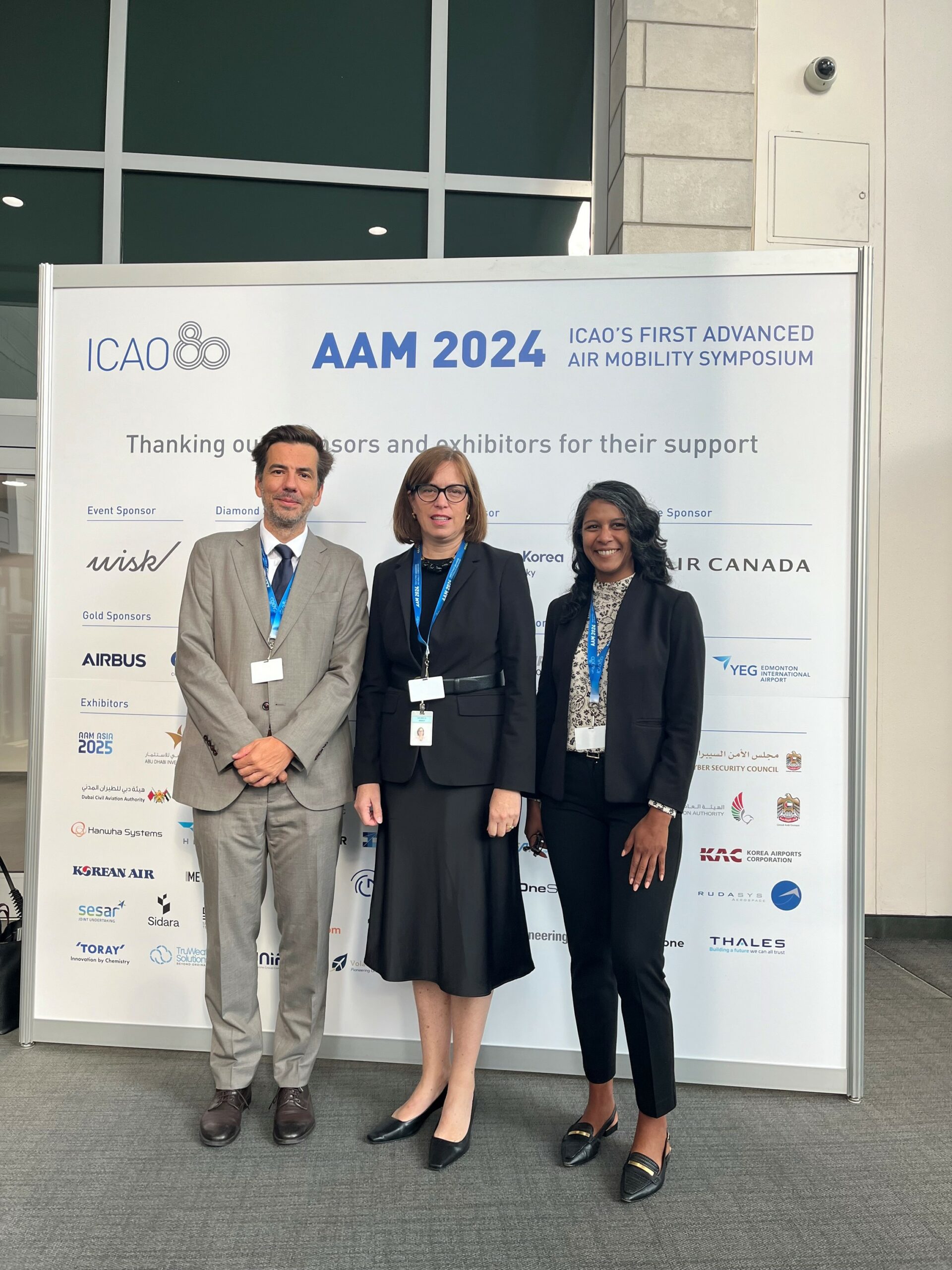The value of Human Factors Integration in ATM change
Egis’ Head of Human Factors, Aviation, Dr Simone Rozzi discusses the trade-off between short term cost and time benefits versus human performance ‘debts’ in ATM change projects.
Tight deadlines and other pressures mean that it is very easy for programme and project managers to prioritise speed and costs in ATM change. Putting cost and speed first may help to meet delivery targets, but over time, regular shortcuts will cause a build-up of human performance (HP)/Human Factors (HF) issues that negatively affect operator performance. Taken individually, such issues may seem minor, but together they constitute a human performance (HP) debt.
HP debt reflects the outcome of poor design and engineering decisions taken under severe time pressure, with insufficient consideration of their operational consequences. HP debt is the opposite to effective and safe human performance.
How do you protect your ATM change from HP debt? By ensuring that human needs are adequately considered in the change, through proper consideration of Human Factors and Ergonomics principles, processes, and standards. Project managers should use Human Factors Integration (HFI) to look into those areas of the ATM change process which are prone to HP debt build up and address them before the fact, i.e., before it becomes a problem. HFI integration is known to bring the following benefits:
- Reduced corrective costs. According to EUROCONTROL, it is up to 100 times cheaper to correct a human performance aspect during the design phase, compared to having to fix it after the solution enters operations. In general, the rule of 1:10:100 applies, it costs 1 to fix a human factors issue in the initial phase, 10 during the implementation phase, and 100 during the operation phase.
- Reduced procurement costs. While 60-70 per cent of new features are not used, a clear definition of end user needs means that you will reduce the risk of procuring functionalities that your operator will never use. Costs to purchase or develop never-used features are resources that can be used to build or procure something else.
- Reduced lost productivity costs. Minimising or reducing the HP debt means introducing solutions that support (rather than obstruct) safe and efficient human operator performance. Design induced productivity disruptions include distractions (e.g., due to nuisance alerts), wasted time (e.g., due to cumbersome menu manipulation, or the need to switch different systems when one could be used). The occurrence of such disruptions is proportional to the time and effort spent by your operators on compensating for them, as opposed to focussing on their primary task, like ensuring safe separation for ATCOs or undertaking quick maintenance interventions for ATSEPs.
- Reduced maintenance error, costs, and system downtimes. HF in the definition of maintenance solutions translates into shorter maintenance interventions and reduced maintenance manpower costs, as well as reduced maintenance errors.
- Reduced training cost, as it is easier to learn solutions that have been designed for human use.
- Reduced safety risk, due to the elimination or acceptable mitigation of potential design induced errors.
In short: HP debt is the mirror image of sustainable and safe human use, and any decisions through the change that will deliberately result in HP debt should be made carefully. ANSPs can proactively reduce their HP debt through Human Factors Integration. HFI ensures that short term benefits (cost reduction and speed) are balanced against the actual value that the solution is to deliver, through the consideration of HF data. HFI has proved to deliver cost reduction benefits and improve safety.
Dr Simone Rozzi is Principal Human Factors consultant at Egis and is a member of the CANSO Human Factors Task Force since 2019. His short paper: The Bottom Line on Human Factors Engineering In ATM Change was published in 2021.





